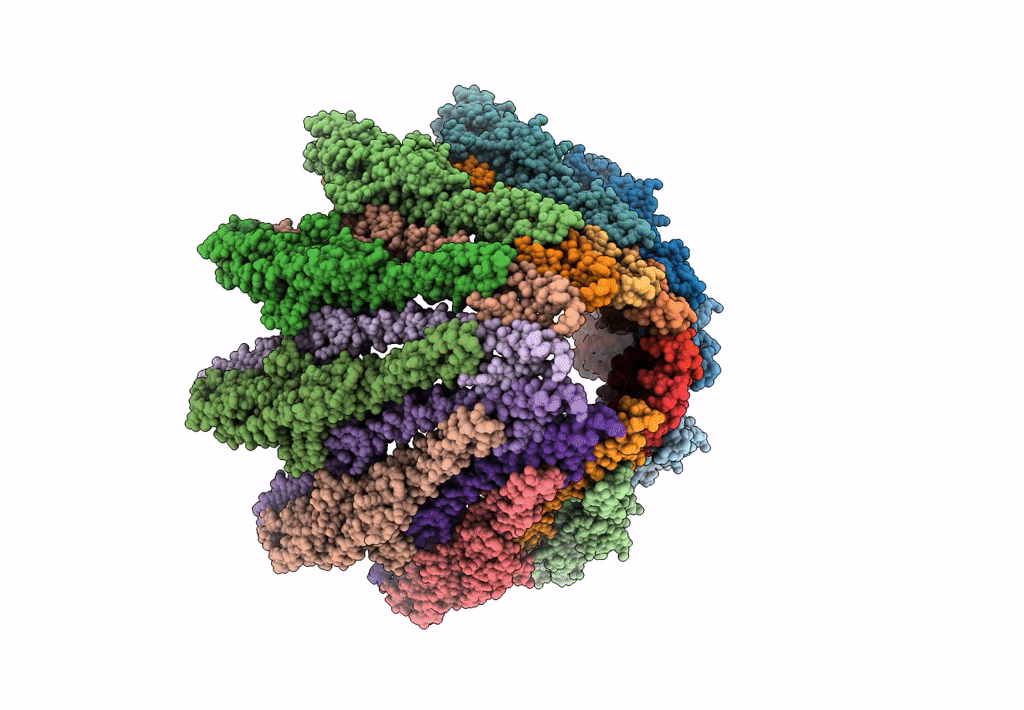
Deposition Date
2017-09-27
Release Date
2018-05-16
Last Version Date
2024-05-15
Entry Detail
Biological Source:
Source Organism:
Yersinia enterocolitica (Taxon ID: 630)
Host Organism:
Method Details:
Experimental Method:
Resolution:
6.10 Å
Aggregation State:
PARTICLE
Reconstruction Method:
SINGLE PARTICLE


